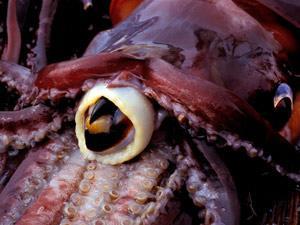Lightweight organic composite with tuneable properties mimics cephalopod beak

Squid beak insight shifts chitosan composites up the pecking order was first published by Chemistry World.
Lightweight organic composite with tuneable properties mimics cephalopod beak

Squid beak insight shifts chitosan composites up the pecking order was first published by Chemistry World.
No comments yet